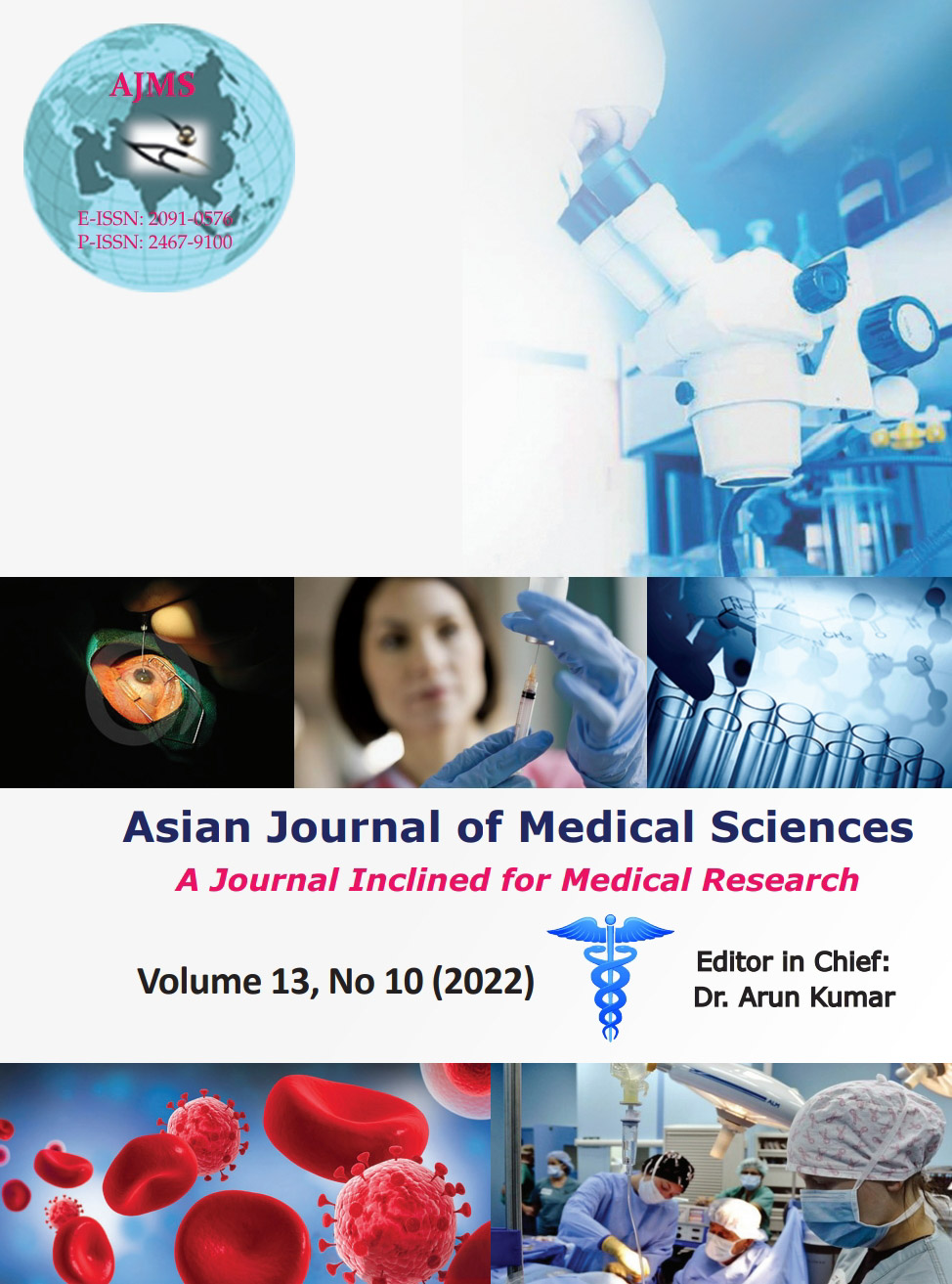Laparoscopic deroofing of post-renal transplant lymphoceles – A single-center observational study
Keywords:
Laparoscopy; Lymphocele; Transplant complicationAbstract
Background: Lymphocele formation is the most common identifiable surgical complication of renal transplant recipients, which often requires surgical deroofing. In this retrospective study, we are determining the efficacy of laparoscopic deroofing surgery in the management of post-renal transplant lymphocele.
Aims and Objectives: This study aims to determine the efficacy of laparoscopic deroofing surgery in the management of post-renal transplant lymphocele.
Materials and Methods: All patients who underwent surgical deroofing for post-renal transplant lymphocele at the Institute of Kidney DISEASE and Research Center, Ahmedabad, India, between January 2016 and October 2019 were included in the study and retrospectively reviewed. Information about symptomatology, clinical features, radiological findings, preoperative drainage, ultrasound-guided percutaneous nephrostomy (PCN) diversion, intraoperative, post-operative findings, and complications were retrieved and analyzed.
Results: Among the 1138 open renal transplant recipients, 28 patients developed symptomatic lymphocele (incidence 2.5%). The mean interval to develop these lymphoceles was 8 weeks (3 weeks–4 months). All 28 patients underwent laparoscopic lymphatic deroofing surgery. There were no conversions to open surgery. Overrunning of cut edges was performed in six and omentopexy in two patients, rest of the 20 patients only deroofing of lymphocele was performed. Graft PCN was placed before surgery in four patients and in two patients, percutaneous drain was placed into the lymphocele. The mean operative time was 80 min. The mean hospital stay was 3.5 days. In one case, there was an injury to the ureter intraoperatively which was repaired over a DJ stent laparoscopically. There was one case with recurrence who had a prior history of continuous ambulatory peritoneal dialysis. He was explored and perivascular lymphatics were tied and omental packing was performed.
Conclusion: Laparoscopic deroofing of symptomatic lymphoceles following renal transplantation appears to be safe and effective, because it has minimal post-operative morbidity, rapid convalescence, and low recurrence rate. Laparoscopy should be considered the first-line treatment for symptomatic lymphoceles.
Downloads
Downloads
Published
How to Cite
Issue
Section
License
Copyright (c) 2022 Asian Journal of Medical Sciences

This work is licensed under a Creative Commons Attribution-NonCommercial 4.0 International License.
Authors who publish with this journal agree to the following terms:
- The journal holds copyright and publishes the work under a Creative Commons CC-BY-NC license that permits use, distribution and reprduction in any medium, provided the original work is properly cited and is not used for commercial purposes. The journal should be recognised as the original publisher of this work.
- Authors are able to enter into separate, additional contractual arrangements for the non-exclusive distribution of the journal's published version of the work (e.g., post it to an institutional repository or publish it in a book), with an acknowledgement of its initial publication in this journal.
- Authors are permitted and encouraged to post their work online (e.g., in institutional repositories or on their website) prior to and during the submission process, as it can lead to productive exchanges, as well as earlier and greater citation of published work (See The Effect of Open Access).




